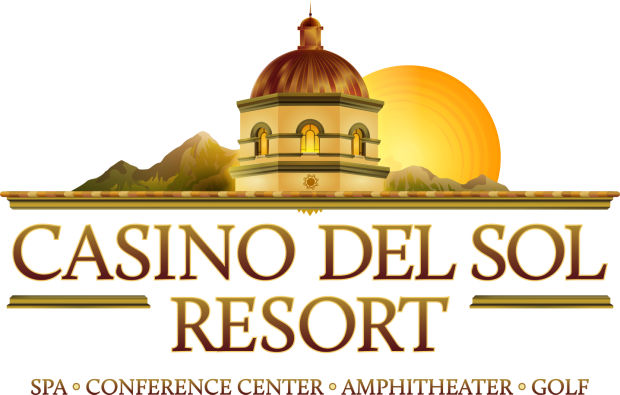
For many years the Rodeo Parade wound through downtown.
We’re defining Tucson in 100 objects. The daily series began April 20. Follow along at: azstarnet.com/100objects
The horse once defined Tucson’s winter tourist season.
In 1925, polo enthusiast Leighton Kramer and a couple of his cowboy friends dreamed up the idea of an annual rodeo in Tucson.
La Fiesta de los Vaqueros, Kramer predicted, would one day make the annual rodeo in “the Sunshine City” as famous as “the Mardi Gras of New Orleans, the Beauty Pageant of Atlantic City, or the Flower Show at Pasadena.”
Well, almost.

It did become the biggest annual event in Tucson’s winter tourist season.
Schools closed for “Rodeo Days” and it seemed the whole town and all its visitors showed up to watch the parade.
The Rodeo Parade, which once wound through the streets of downtown, moved south for the safety of wider streets in 1990.
It lost some luster as the city grew but it is still billed as the longest non-mechanized parade in the country.
Schools still close for two days.
The rodeo goes on, too. This year, 650 contestants competed for nearly $500,000 in prize money.



